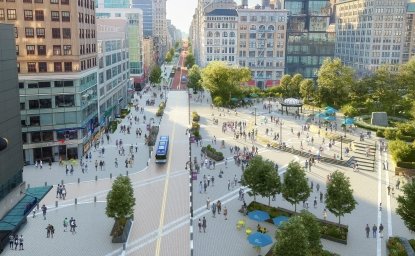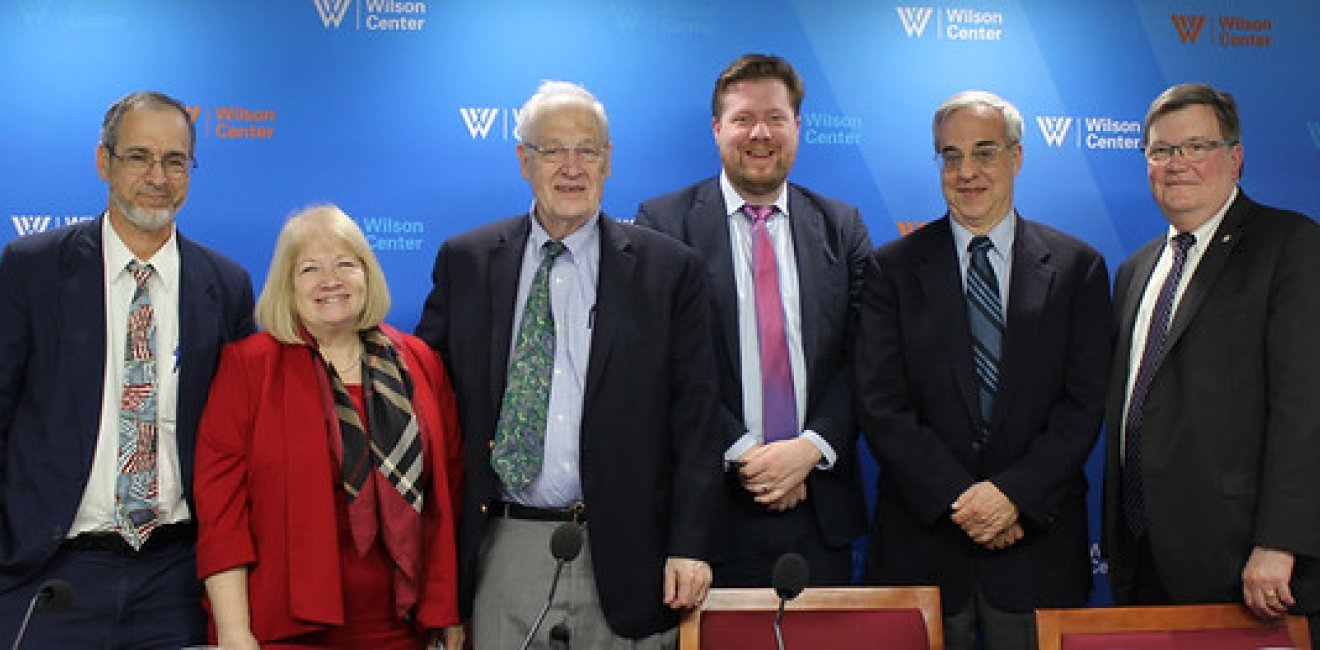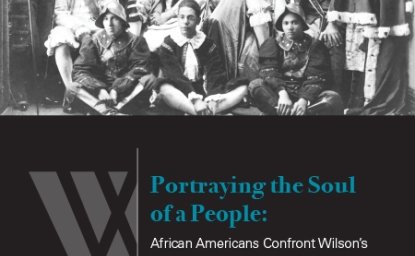On April 12, 2018, The Wilson Center’s Urban Sustainability Laboratory, together with the Metropolitan Policy Center of the School of Public Affairs at American University and The University Seminar on Bottom-up Politics at George Washington University, hosted a symposium on “Bottom-Up Politics.” Panelist shared real-world examples of bottom-up politics, reflecting on modes of governing and action that can overcome partisan polarization to find solutions to persistent social challenges. Hilary Silver, Professor of Sociology, International Affairs and Public Policy and Public Administration at George Washington University, moderated the symposium discussion.
Clarence Stone, Research Professor of Political Science and Public Policy at George Washington University, provided a keynote address outlining three essential features of bottom-up politics: local community initiative or a grassroots component; pragmatic approach to a concrete and immediate policy challenge; and, bridging divides to “bring otherwise disparate actors into shared vision.” With these key elements in place, bottom-up politics bring actors together to solve problems without the filters of ideology and partisanship.
New York City Deputy Mayor J. Phillip Thompson shared his experience in shaping an integrated approach to community health through Brooklyn’s Interfaith Medical Center. Thompson emphasized the success of creating new narratives focused on economic justice and the need to address the social determinants of health. His community-based work led to the adoption of a $1.4 billion state plan to revitalize the Central Brooklyn region. “You can’t improve community health unless you consider housing. And you can’t improve housing without looking at unemployment. And you can’t reduce unemployment without looking at the local economy,” Thompson explained. “However, when you do the right thing, you may improve conditions in a community and save the state money at the same time.” Thompson emphasized the need to build civic infrastructure that allows communities to come together city-wide to solve problems locally.
The Hon. Phillip Caroom, retired Maryland Circuit Court Judge for Anne Arundel County, detailed the strategy of the Maryland Alliance for Justice Reform (MAJR) to address mass incarceration by combining grassroots efforts with a “grass tops” approach focused on influencing opinion leaders and decision makers. Judge Caroom applied the six-steps to effective advocacy campaigns detailed in the book, The DeMarco Factor, to MAJR’s work: 1) develop an evidence-based strategy; 2) get a high-quality opinion poll; 3) build a coalition; 4) involve the media; 5) make your policy an election issue; and 6) go win in the legislature. Judge Caroom added a 7th step: identify an undeniable policy problem and offer solutions, which in the case of MAJR’s work is that a vast increase in incarceration has not paid off for Marylanders. “We could provide plans to reduce the prison population of nonviolent, lower-risk offenders through pre-trial and related reforms, then use the savings for alternatives to incarceration such as drug treatment,” explained Judge Caroom. Savings from reduced incarceration, he said, can then be used on such matters as enhanced mental health services and thereby diminish further arrest rates and the level of imprisonment.
Jesse Van Tol, CEO of the National Community Reinvestment Coalition (NCRC), shared his experience with community benefits and building community power. He detailed the work of NCRC with community-based organizations to produce $84.6 billion in Community Benefit Agreements with major banking institutions. Van Tol outlined a strategy that combines “community power with leveraging regulations.” He detailed several agreements with commitments to investment and lending in low- and moderate-income communities.
While those from the bottom-up may not have support at the top, these case studies illustrate how “there is still space for significant social change at the local level,” said Gregory D. Squires, Professor of Sociology, and Public Policy & Public Administration at George Washington University. “We now have a more effective local infrastructure for progressive change including more tools and more skilled local organizations and advocates,” Squires concluded.
By Kexin Li
Kexin Li is an intern with the Wilson Center’s Urban Sustainability Laboratory. She is a student at George Washington University pursuing a master’s degree in Sustainable Urban Planning.

Urban Sustainability Laboratory
Since 1991, the Urban Sustainability Laboratory has advanced solutions to urban challenges—such as poverty, exclusion, insecurity, and environmental degradation—by promoting evidence-based research to support sustainable, equitable and peaceful cities. Read more

Explore More
Browse Insights & Analysis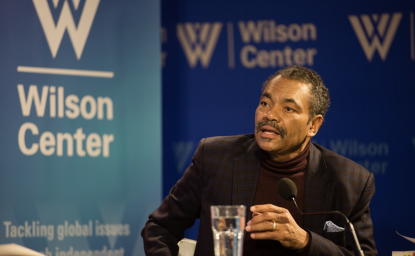
Dr. Maurice Jackson: The Sounds of Resistance Throughout History
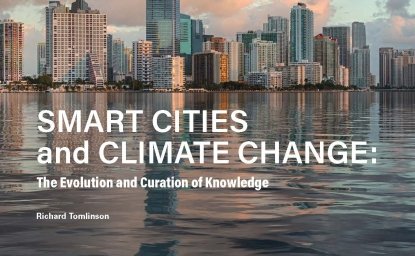
Smart Cities and Climate Change: The Evolution and Curation of Knowledge
